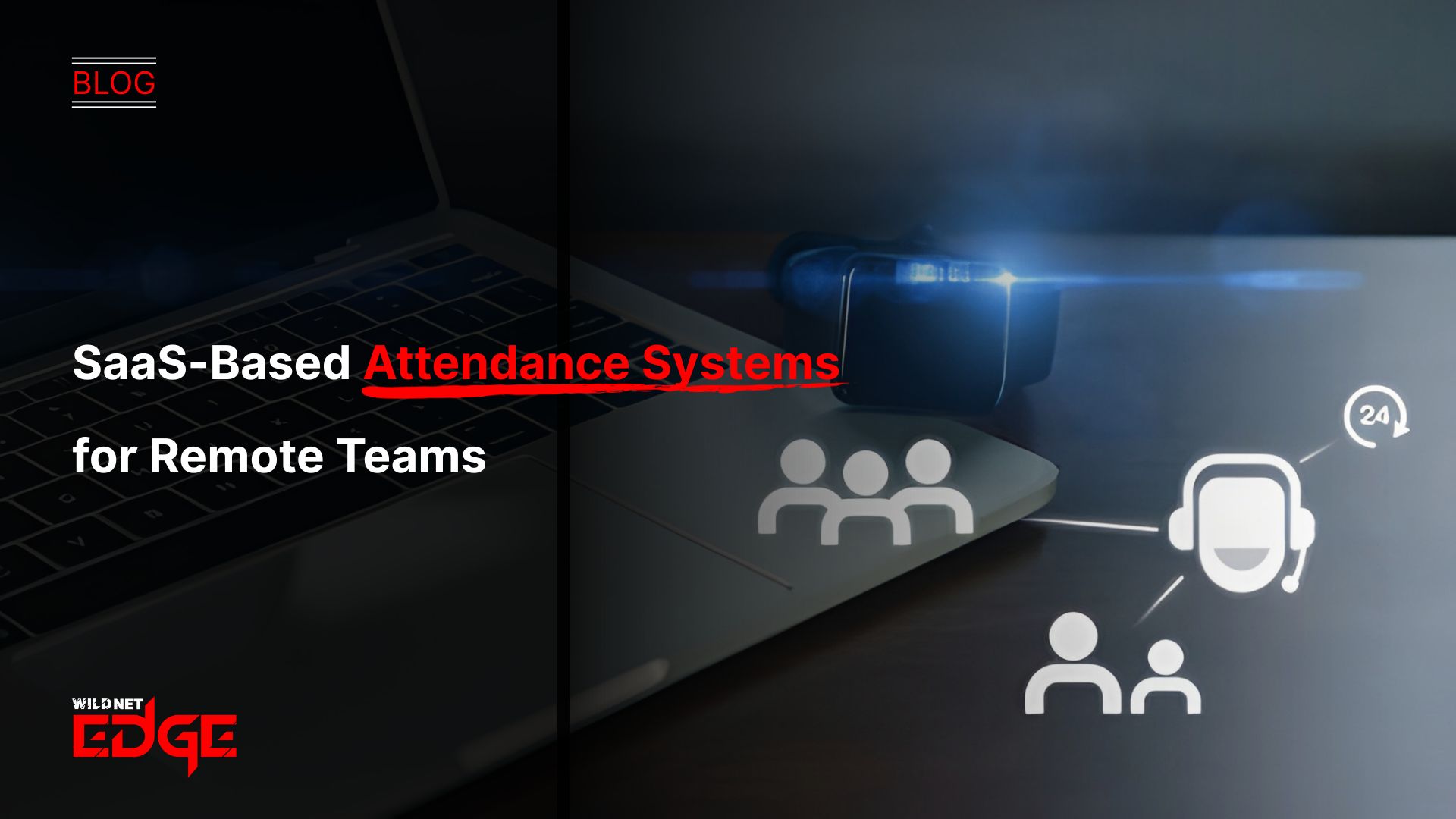TL;DR
Headless commerce represents the next evolution of online retail, decoupling the front-end presentation layer from the back-end commerce engine. This blog explains why this API-driven commerce model is the future. Core benefits include unmatched flexibility to create custom user experiences on any device or channel, from websites to mobile apps and IoT devices. A headless approach offers superior speed and performance, crucial for SEO and user retention. The article further explains the key benefits of headless commerce and lays a clear camriaon between traditional and headless commerce.
The world of online shopping is changing. Customers no longer buy from a desktop website; they use mobile apps, smart speakers, social media, and in-store kiosks. With their rigid, all-in-one structures, traditional eCommerce platforms are struggling to keep up. This is why a new, more powerful approach is taking over: headless commerce. For business leaders, understanding this shift is key to building a future-proof retail strategy.
What is Headless Commerce?
In a traditional eCommerce platform, the front end, which is the visual part your customers see, or the “head,” is tightly connected to the back end, which manages products, orders, and payments.
Headless commerce decouples, or “chops off,” the front-end head from the back-end commerce engine. What’s left is a powerful back-end that handles all the core commerce functions. This back-end then exposes its data and functionality through APIs. This allows us to build any kind of front-end experience we can imagine, utterly independent of the back-end.
Traditional vs. Headless Commerce: A Clear Comparison
The difference in approach is fundamental. Understanding it shows why a flexible eCommerce architecture is so important.
| Feature | Traditional eCommerce (Monolith) | Headless Commerce |
| Architecture | Tightly coupled front-end and back-end. | Decoupled, API-first architecture. |
| Flexibility | Limited by templates and pre-built themes. | Unlimited design and front-end freedom. |
| Customer Experience | Standard, one-size-fits-all experience. | Can create unique experiences for every channel. |
| Speed & Performance | It can be slower and bloated. | High-speed front-end performance. |
| Development | Changes to the front-end can affect the back-end. | Front-end and back-end teams can work independently. |
Why Headless Commerce is the Future
The move towards headless is not just a trend; it’s a response to changing customer behavior. Customers now demand seamless, personalized experiences across every touchpoint. A report by Gartner suggests by 2026, all the top 20 cloud platform and SaaS providers will offer component marketplaces to enable customers’ composable strategiess. Headless is a core part of this composable strategy. It provides the agility businesses need to innovate and adapt quickly in a competitive market.
Key Benefits of a Flexible eCommerce Architecture
Adopting headless commerce provides several powerful business advantages that go straight to your bottom line.
Unmatched Omnichannel Experience
With API-driven commerce, you are no longer tied to just a website. You can use the same back-end to power a mobile app, an in-store kiosk, a smart mirror, or even a voice-activated shopping experience through a smart speaker. This lets you meet your customers wherever they are and provide a consistent, high-quality brand experience across every channel.
Superior Speed and Performance
Because the front-end is decoupled, it can be built using modern, lightweight frameworks that are incredibly fast. A faster website leads to a better user experience, higher conversion rates, and improved SEO rankings. In a world where every millisecond counts, the speed advantage of headless commerce is a significant competitive differentiator.
Increased Agility and Faster Time-to-Market
With a flexible e-Commerce architecture, your front-end and back-end development teams can work in parallel without getting in each other’s way. This means you can update your website design, launch a new marketing campaign, or add a new feature much faster than you could with a traditional platform. This agility is crucial for keeping up with market trends.
How API-Driven Commerce Works
The magic of headless commerce lies in its APIs. The back-end commerce platform has a set of APIs that act as a universal language. Your front-end developers can “call” these APIs to request information or perform actions.
For example:
- To display a product page, the front-end calls the “product API” to get the product’s name, description, price, and images.
- When a customer clicks “Add to Cart,” the front-end calls the “cart API” to update the shopping cart.
- To check out, the front-end calls the “payment API” to process the transaction.
This API-driven commerce model means you can swap out your front-end or add new ones at any time without having to rebuild your entire back-end system.
Case Studies
Case Study 1: An Omnichannel Fashion Brand
- The Challenge: A high-end fashion retailer wanted to create a luxury online experience that matched their brand, as well as launch a new, highly interactive mobile app. Their traditional eCommerce platform was too restrictive.
- Our Solution: We implemented a headless commerce solution. We used a powerful back-end to manage their products and orders, and then built a completely custom, visually stunning website and a native mobile app using the same set of APIs.
- The Result: The brand saw a 50% increase in mobile conversion rates from their new app. Furthermore, their marketing team was able to quickly launch new digital lookbooks and campaigns without needing developer support, dramatically improving their agility.
Case Study 2: A B2B Manufacturing Company
- The Challenge: A B2B parts manufacturer needed to provide a simple, fast ordering portal for their large corporate clients. Their existing ERP system was powerful but had a terrible user interface.
- Our Solution: We used an API-driven commerce approach. We connected a headless commerce platform to their existing ERP system. We then built a lightweight, easy-to-use front-end ordering portal specifically for their B2B customers.
- The Result: Customer satisfaction soared. The new portal made it easy for clients to find parts and place bulk orders, which led to a 20% increase in repeat business. The project was a huge success without requiring them to replace their core ERP system.
Our Technology Stack for Headless Commerce
We use a modern, flexible stack to build high-performance eCommerce experiences. Our Ecommerce Development Services leverage these tools.
- Headless Commerce Platforms: commercetools, BigCommerce, Shopify Plus, Magento
- Frontend Frameworks: React, Next.js, Vue.js, Nuxt.js, Angular
- Static Site Generators: Gatsby, Astro
- CMS: Contentful, Strapi, Sanity
- Cloud Infrastructure: AWS, Google Cloud, Vercel, Netlify
Conclusion
Headless commerce is a fundamental shift in how businesses approach digital retail. By adopting a flexible eCommerce architecture, you can break free from the limitations of traditional platforms and build the unique, high-performance experiences that modern customers demand. The power of API-driven commerce gives you the agility to innovate and the freedom to connect with your customers on any channel.
At Wildnet Edge, our AI-first approach allows us to take this a step further, integrating intelligent personalization and search capabilities into your front-end to create a truly smart and engaging shopping experience.
FAQs
The ROI comes from higher conversion rates due to improved site speed and better user experience, increased customer lifetime value from omnichannel engagement, and lower customer acquisition costs thanks to better SEO performance.
Not anymore. While it started in the enterprise space, platforms like Shopify Plus and BigCommerce now offer powerful headless capabilities that are accessible to fast-growing mid-market businesses as well.
The biggest challenge is the increased complexity. You are now managing a separate front-end and back-end, which requires more development expertise. This is why partnering with an experienced agency is often the most successful approach.
Headless architectures allow for breakneck page load speeds, a major ranking factor for Google. They also give you complete control over your site structure and HTML, enabling you to optimize for technical SEO best practices fully.
Yes. A key benefit of API-driven commerce is that you can easily integrate any third-party tool whether your CRM, analytics platform, or personalization engine directly into your front end via its API.
You will need developers who are skilled in modern front-end frameworks like React or Vue.js. Your marketing team will often use a separate headless CMS (Content Management System) to manage content, which is typically very user-friendly.
The first step is a strategic assessment. We’ll analyze your current eCommerce setup, your business goals for omnichannel growth, and your technical capabilities. From there, we can provide a clear recommendation on whether a headless commerce approach is the right fit for you.

Nitin Agarwal is a veteran in custom software development. He is fascinated by how software can turn ideas into real-world solutions. With extensive experience designing scalable and efficient systems, he focuses on creating software that delivers tangible results. Nitin enjoys exploring emerging technologies, taking on challenging projects, and mentoring teams to bring ideas to life. He believes that good software is not just about code; it’s about understanding problems and creating value for users. For him, great software combines thoughtful design, clever engineering, and a clear understanding of the problems it’s meant to solve.
 sales@wildnetedge.com
sales@wildnetedge.com +1 (212) 901 8616
+1 (212) 901 8616 +1 (437) 225-7733
+1 (437) 225-7733































